Choose Your Boule Wisely
Althrough many argue that it is the skill of the player that takes precedence (which is true for most sports), it is essential to choose your petanque boules correctly based on your tactile preferences, the shape of your hand and your role on the field (pointer, all-rounder or shooter).
The question often arises : Should we choose carbon steel or stainless steel (inox) ? A smooth or striated boule ? For each characteristic, we have identified advantages and disadvantages that we will share in order to guide you in choosing the boule that best suits your needs.
We always tell our customers that it all depends on your preferences.
Our team has been devoting itself for several years to the analysis and testing of different products, rather that simply chewing over the manufacturers' descriptive sheets on their respective sites.
Now let's look at the various features to consider before buying petanque boules.
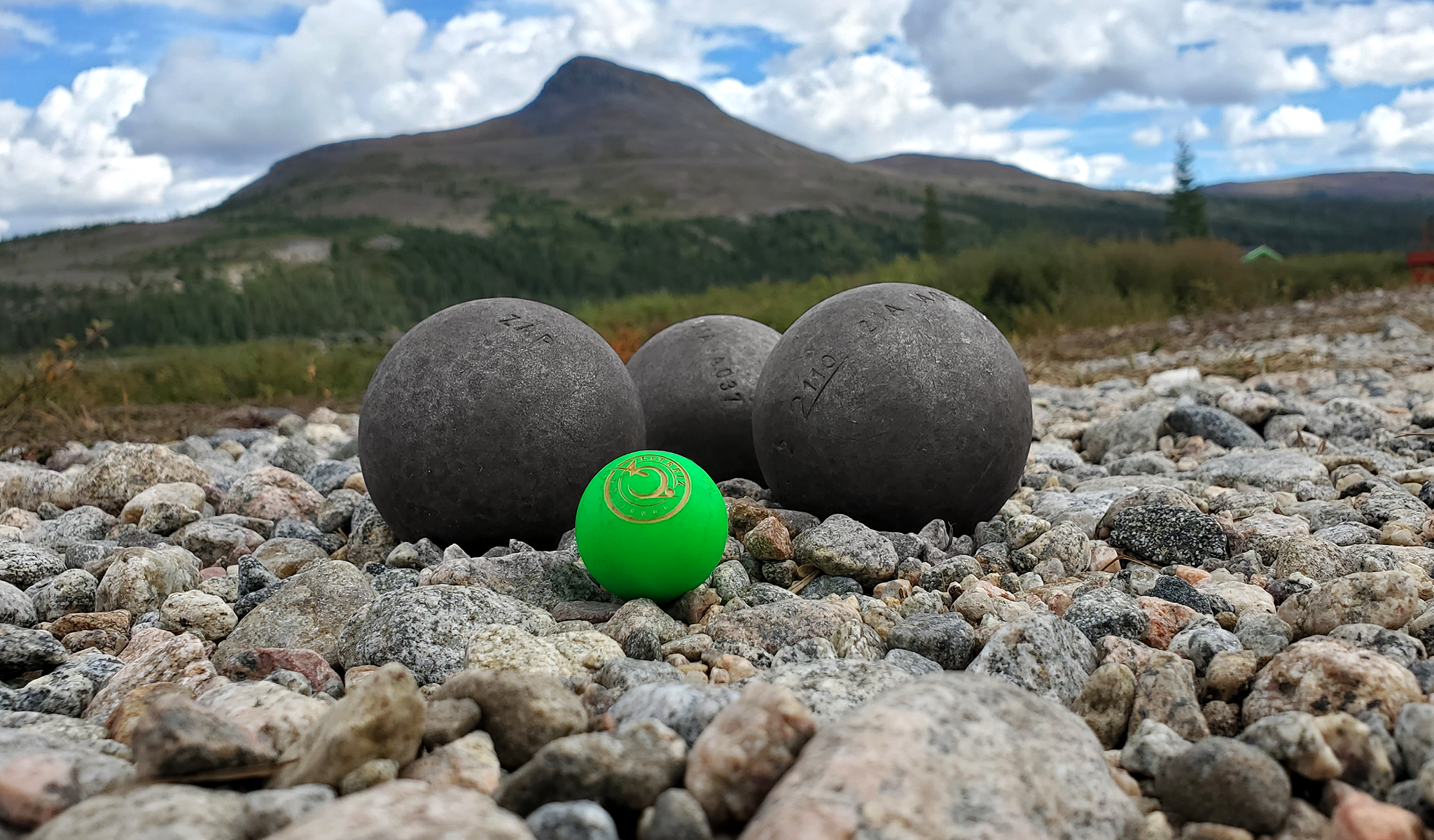
Diameter
Some recommend that pointers choose small diameter boules to provide less surface area for the shooter. However, we advise you to choose based on your preferences and not the abilities of your opponents. For a pointer, the main objective is to put boules into play, which will be more difficult if you choose unsuitable boules.
It is important to note that the best way to determine which diameters right for you is to try different diameters if you are lucky enough to borrow boules from a friend or club member. Too often people buy boules that are too big for their hand, resulting in poor boule grip.
FIPJP Rules :
➤ The boules must have a diameter between 70.5 mm (minimum) and 80 mm (maximum).
➤ Young players aged 11 and under have the possibilty of using boules of 600 grams and 65 mm in diameter, at provided that they are manufactured by one of the approved manufacturers.
Advices :
⭑ If you have a flexible wrist, you can opt for a diameter one millimeter larger to release the boule more easily.
⭑ The more you practice, the more you will be able to control the rotation you give to your boule. By reducing the diameter of your boules, you will be able to accentuate the rotating effect and block the boules when sent, which will allow you to better control the distance after the boule hits the ground. This will also increase your chances of making a "perfect shot" and "rolling shot".
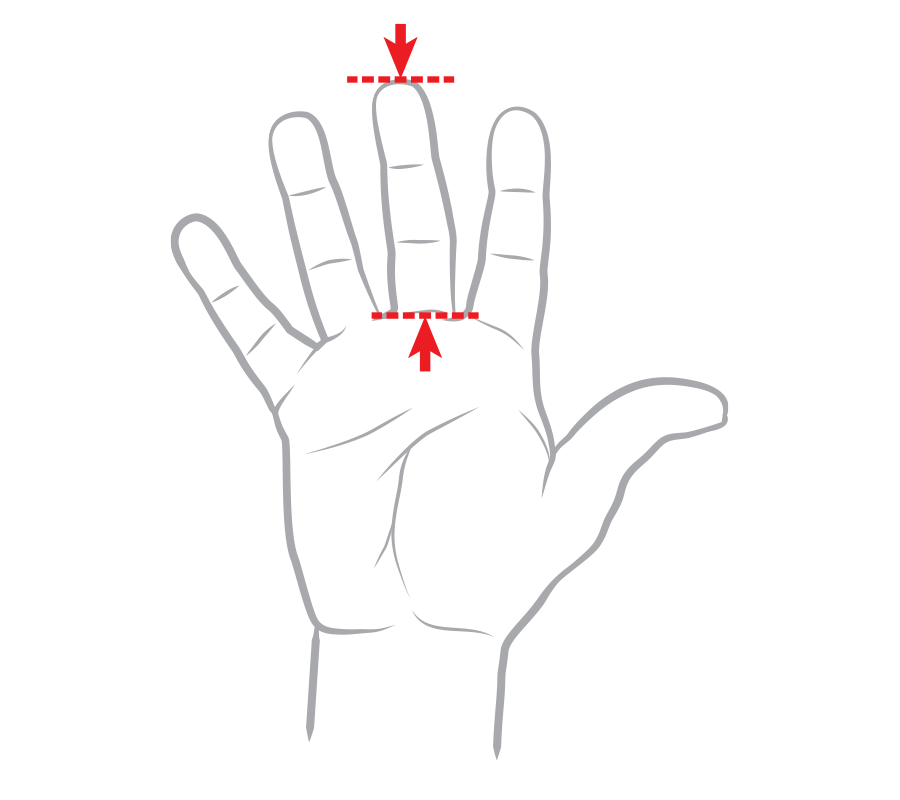
If you don't know the diameter you need, measure your middle finger toget an idea of the size that will suit you best.
Click here to download the tip sheet "Determine your boule diameter" →
Suggested Diameter :
• Less than 69 mm = Size 71
• 69 to 74 mm = Size 72
• 75 to 80 mm = Size 73
• 81 to 85 mm = Size 74
• 86 to 97 mm = Size 75
• More than 97 mm = Size 76
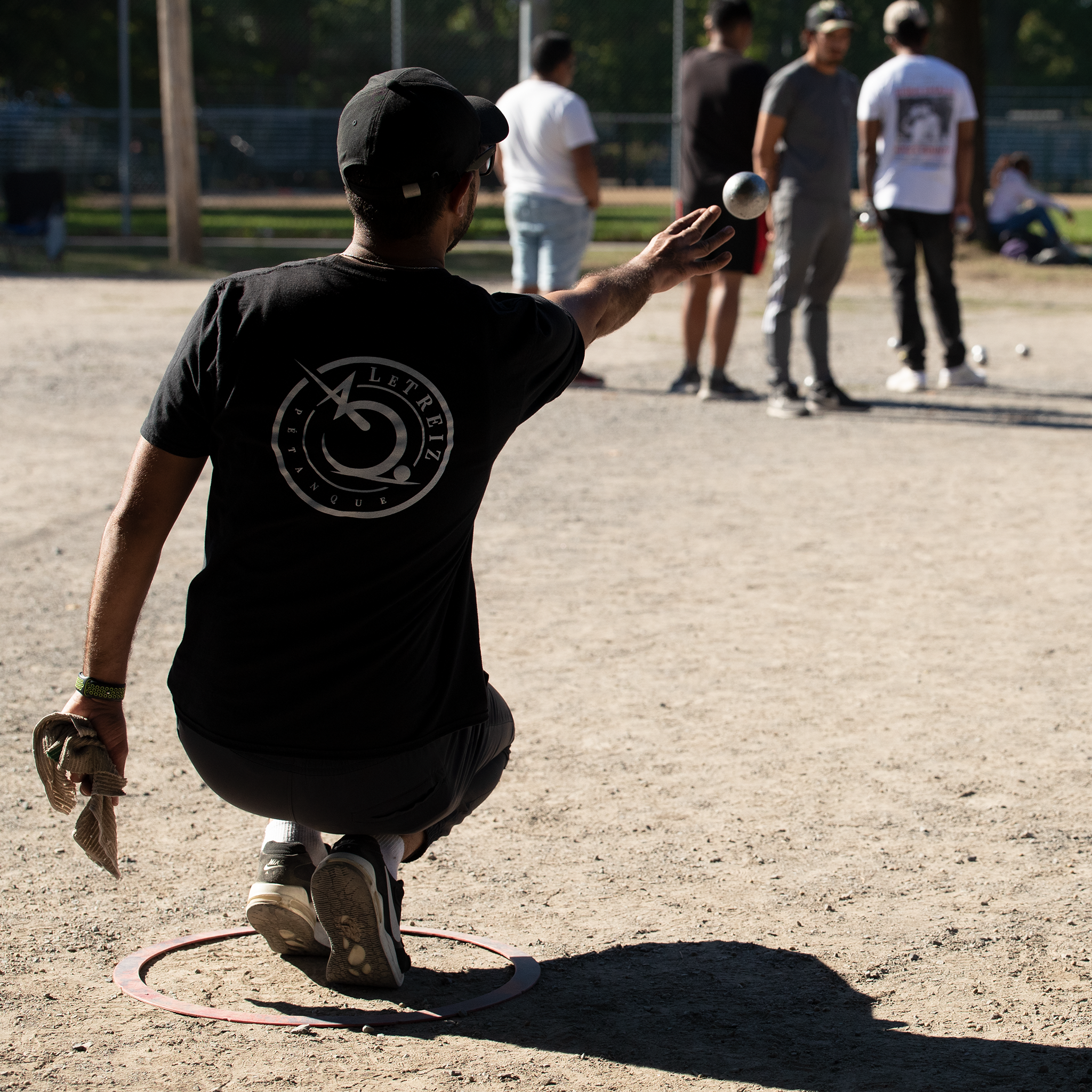
The advantages and disadvantages of different diameters
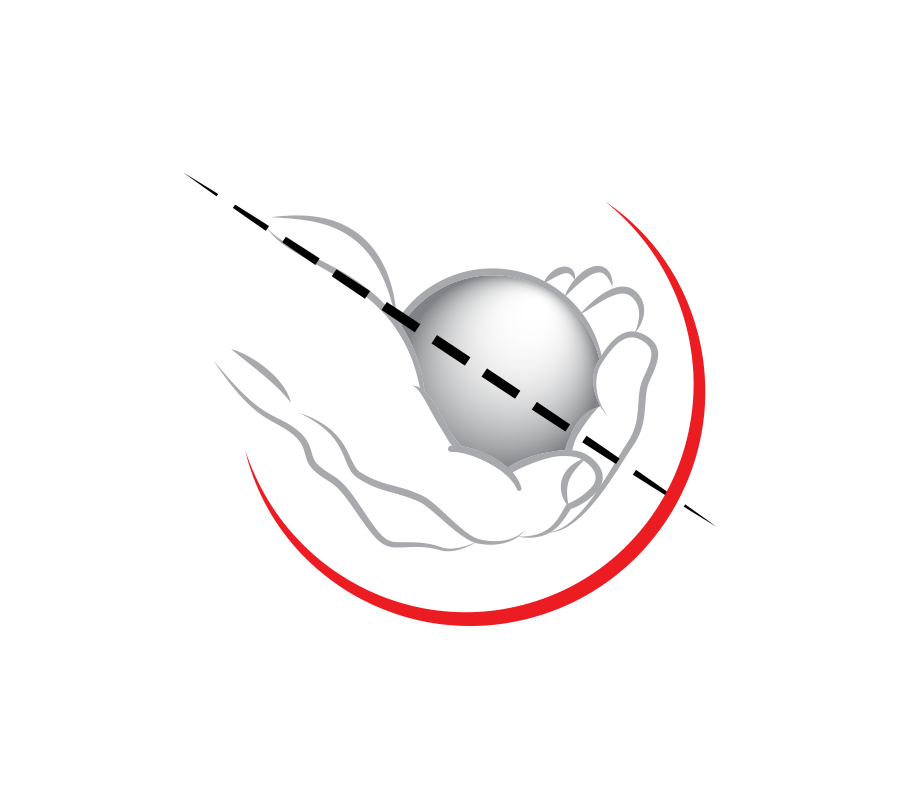
BOULE WITH
Smaller Diameter
✅ Advantage :
• A small boule diameter offers greater control potential thanks to a better grip. This accentuates the rotating effect given to the boule.
✴️ Disadvantage :
• Risk of staying in your hand too long and not coming out at the right time (we call this term "hooked" a boule in petanque terms).

BOULE WITH
Adequate Diameter
✅ Advantage :
• It allows for a stable grip and offers versatility in terms of playing style, both when pointing or shooting.
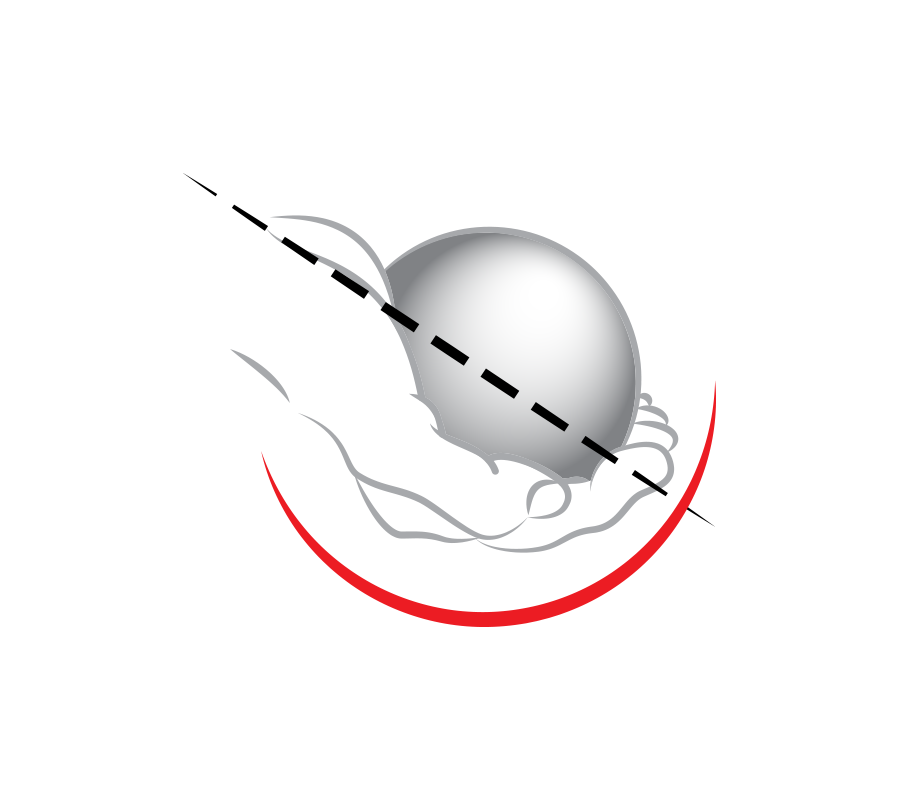
BOULE WITH
Larger Diameter
✅ Advantage :
• It makes it easier to release the boule and improves the probability of obtaining a straight trajectory, even in the event of an imperfect hand release.
✴️ Disadvantage :
• May slip in hand and requires a firmer grip.
Weight
There was a time when the trend was to play with heavy boules in Quebec and several myths on this subject have been perpetuated over time.
"I want a heavy boule because it will be difficult to dislodge from play."
No matter the weight, a well-shot boule will be out of play. Choose the weight based on your needs rather than your opponent's abilities. A heavier boule (> 710g) can affect your game, because it will encourage you to force the movement, which will reduce precision.
We know that petanque can be played 10 meters away (sometimes even more when the jack moves) and that tournament days can be exhausting. We therefore advise you to choose a boule with a weight between 680 and 700 grams to offer you versatility both in point and in shooting without having to alter the movement too much and limit fatigue.
Here is a density correspondence table resulting from the ratio between diameter and weight. It is strongly recommended not to choose a density ratio lower than 3 to prevent your boule from deviating too easily from its trajectory on uneven fields.
FIPJP Rules :
➤ Have a weight between 650 grams (minimum) and 800 grams (maximum).
Advices :
⭑ Heavier boules react better on hard grounds while lighter boules react better on sandy grounds.
⭑ Shooters will generally opt for boules with a light weight (680 grams) in order to avoid fatigue and to force the movement when a boule to be shot is at a long distance.
⭑ It will be more difficult to control the effects with a heavy boule.
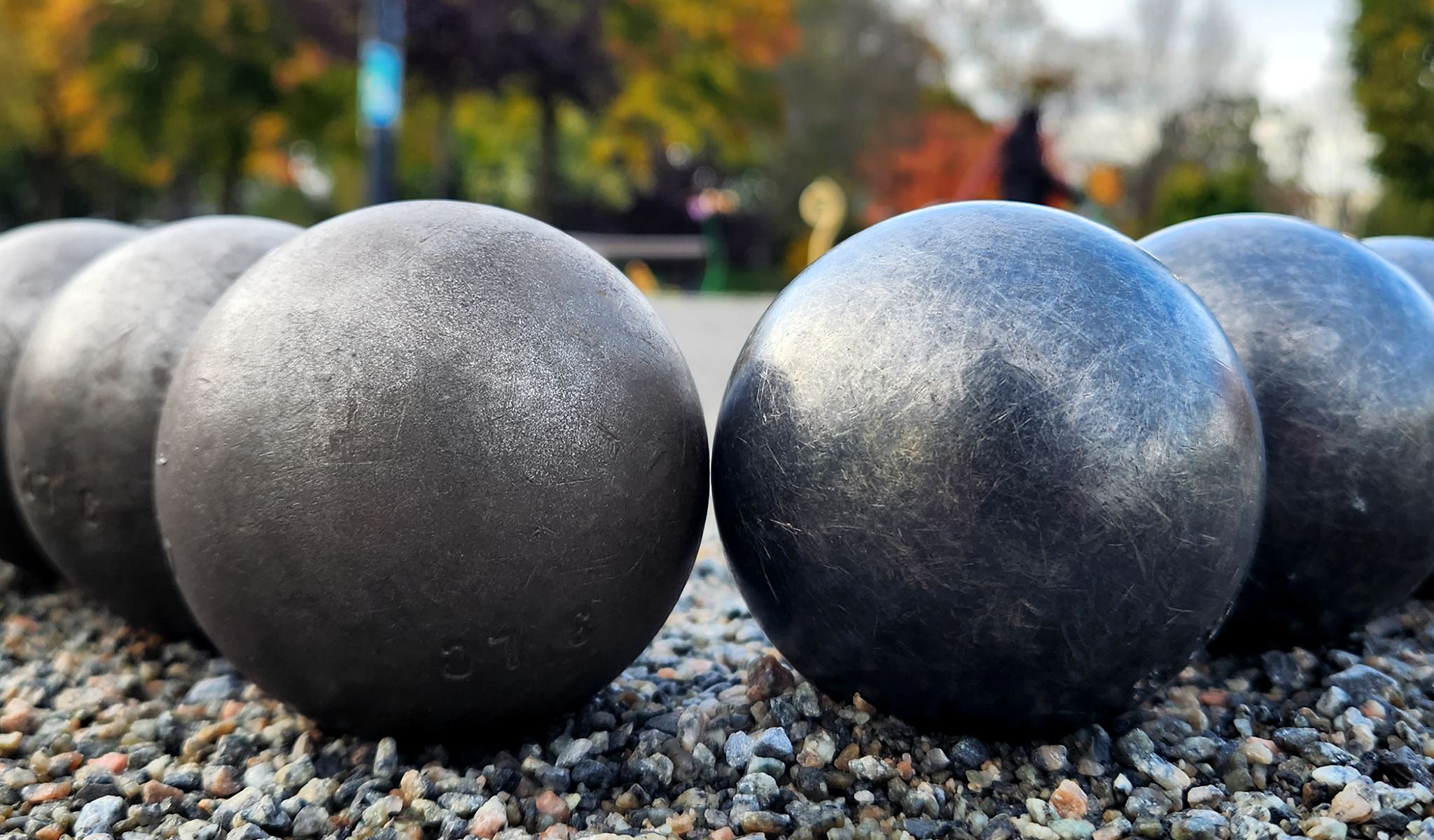
Types of Steel
Petanque boules are available in three materials, but we will mainly focus on the two main steels : stainless steel (inox) and carbon.
Many prefer stainless steel (inox) due to its easier maintenance, but we strongly advise you to choose based on the sensations you are looking for rather than maintenance.
Take for example the stainless steel (inox) models from Obut : they are generally more satiny than those manufactured by MS Pétanque.
Advices :
⭑ If you have chosen a carbon model and are seeing oxidation sports, please visit our Boules Maintenance page →.
⭑ For people with dry hands, we recommend opting for a carbon model. This type of steel provides better grip on the ball.
⭑ It is important to note that for most stainless steel (inox) boules, a "break-in" period is necessary in order to fully appreciate them. This progressive wear generally improves grip and playing sensations.
Stainless steel (inox) boules are generally softer to the touch, while carbon offers a rougher texture and better grip. However, this does not apply to all models. With wear, some carbon boules can become more slippery in the hand than a stainless steel (inox) model and we find very little information on this subject. This aspect varies depending on different companies and other factors. Take for example the carbon steel models from Boulenciel, they are mostly more satiny than those manufactured by MS Pétanque for example.
It is essential to note that the texture of a new boule with its protective coating can be deceptive, as it fades quickly with use. We have noticed that certain information on this subject is circulating without being true and here is a concrete example which concerns the RCC model from Obut :
"In addition, its satin black finish on soft shot blasting gives good grip in the hand while remaining pleasant to the touch."
However, it is quite the opposite. The shot-blasted coating fades with use and this carbon model becomes particularly satiny and slippery in the hand. Handling is an important factor and it is important factor and it is important to make a good choice at this level. We therefore advise you to make an appointment with us to benefit from our recommendations concerning the different sensations that you will find depending on the different products.
Note :
In general, stainless steel (inox) boules are more expensive than carbon boules due to the price of the raw material.
In summary ...
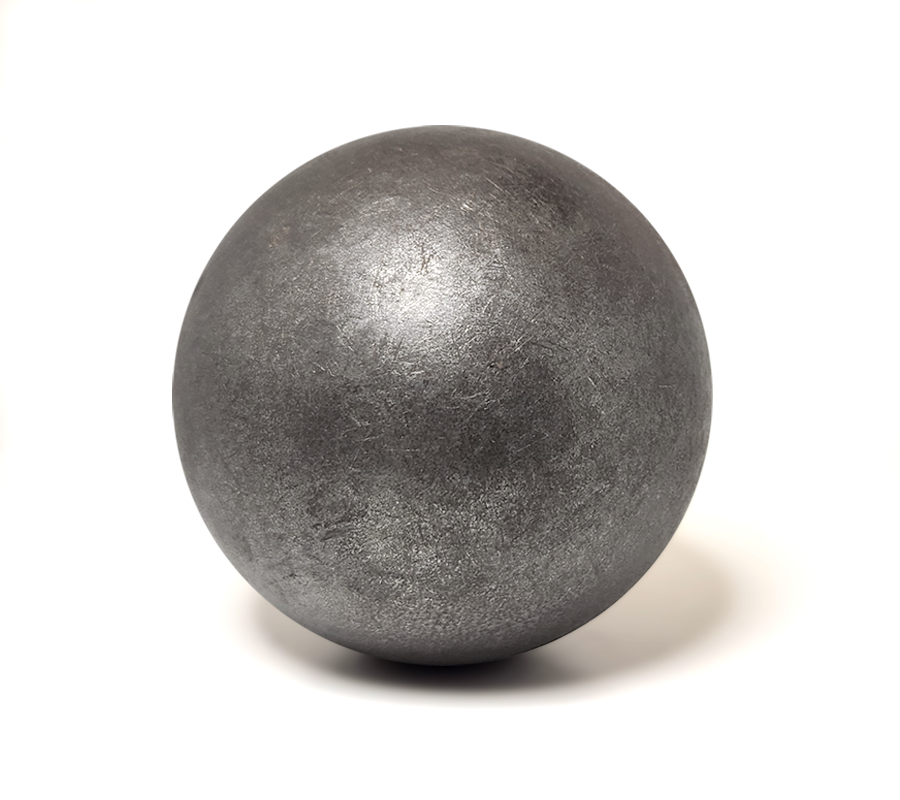
Steel
Carbon
• Excellent adhesion and grip, matte and rough texture.
• Sensitive to oxidation, therefore maintenance required as needed (please see our Boules Maintenance page →)
• Tendency to mark more easily than stainless steel (inox).
⚠️ In some cases, the weld line may be visible when new or with wear.
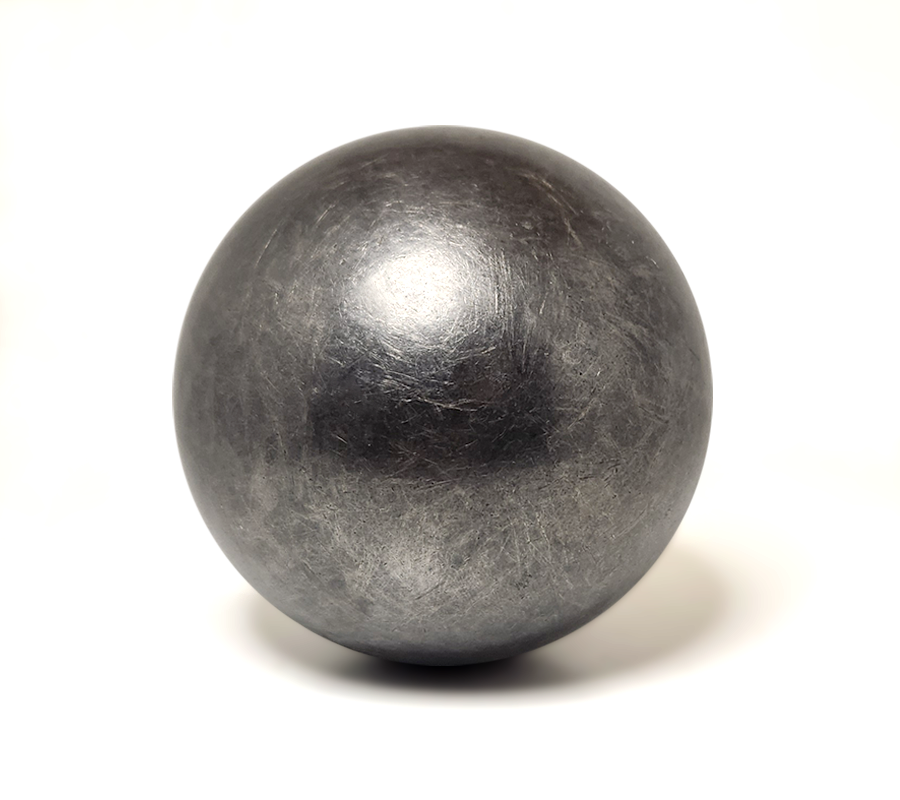
Steel
Stainless (Inox)
• Soft and satin touch, allowing a clean release of the boule.
• Very low oxidation, requires occasional maintenance if necessary.
• Excellent longevity.
Smooth Boules vs Striated Boules
The grooves on the boules are not a question of aesthetics or simply to recognize your boules more easily during the game. In addition to improving the grip, they grip more of the ground during its impact on the ground and allow accentuate the effects that we want to put on the boule.
Striated boules are therefore generally favoured by pointers. However, you must send a rotating effect to your boule in order to maximize its grip on the ground at impact.
Shooters will mostly opt for a smooth boule since it slides better on the ground and therefore will roll better on the ground if the shot is a little short. With less grip in the hand, the smooth boule comes out of the hand more easily and allows for better precision.
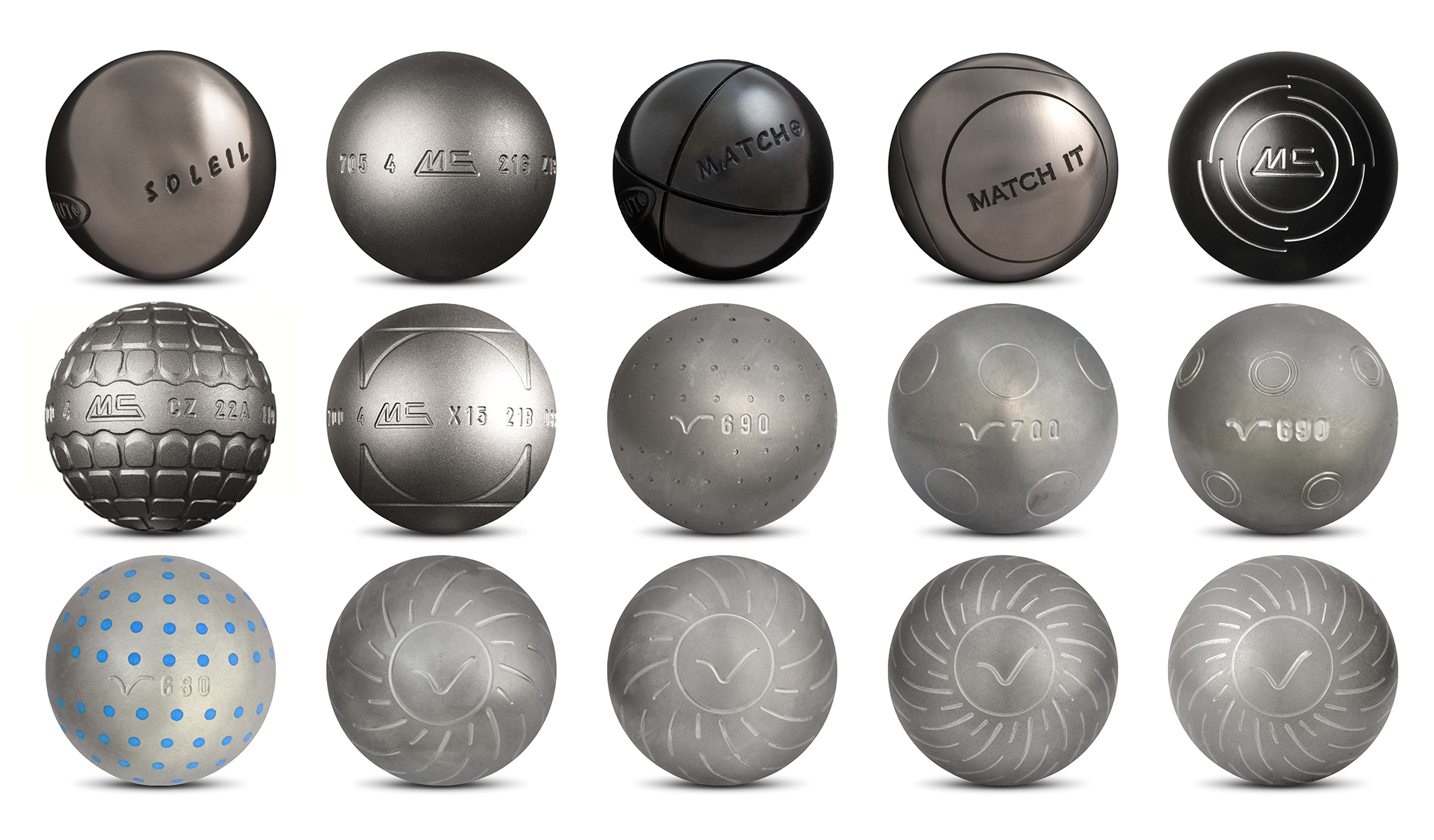
FIPJP Rules :
➤ Boules seeking approval for competition may have streaks that do not exceed 1 mm.
Advices :
⭑ Striated boules can reduce the feeling of sweating under pressure. So, if you tend to have sweaty hands, it is advisable to opt for a carbon boule with grooves. In fact, it "breathes" better in the hand and reduces the impression that it remains stuck when throwing.
⭑ For those who tend to have sweaty hands, we recommend trying both types of steel (carbon and stainless steel (inox)) to determine your preference. We also suggest playing with a microfiber cloth. Pass it over your boules before throwing them to improve grip.
Hardness
Petanque boules come in different hardnesses, classified as Very Soft, Soft, Semi-soft and Hard. The choice of hardness depends on both your playing style and the longevity you are looking for. For example, a soft boule will tend to show marks more quickly than a semi-soft boule. If you intend to acquire boules that will remain beautiful for a long time, it is preferable to opt for models with hardness greater than 115 kg/mm².
Note :
Stainless steel (inox) is more resistant than carbon to impacts for boules of the same hardness.
The hardness of petanque boules is classified differently depending on the company but we present this summary to you in order to simplify things :
-
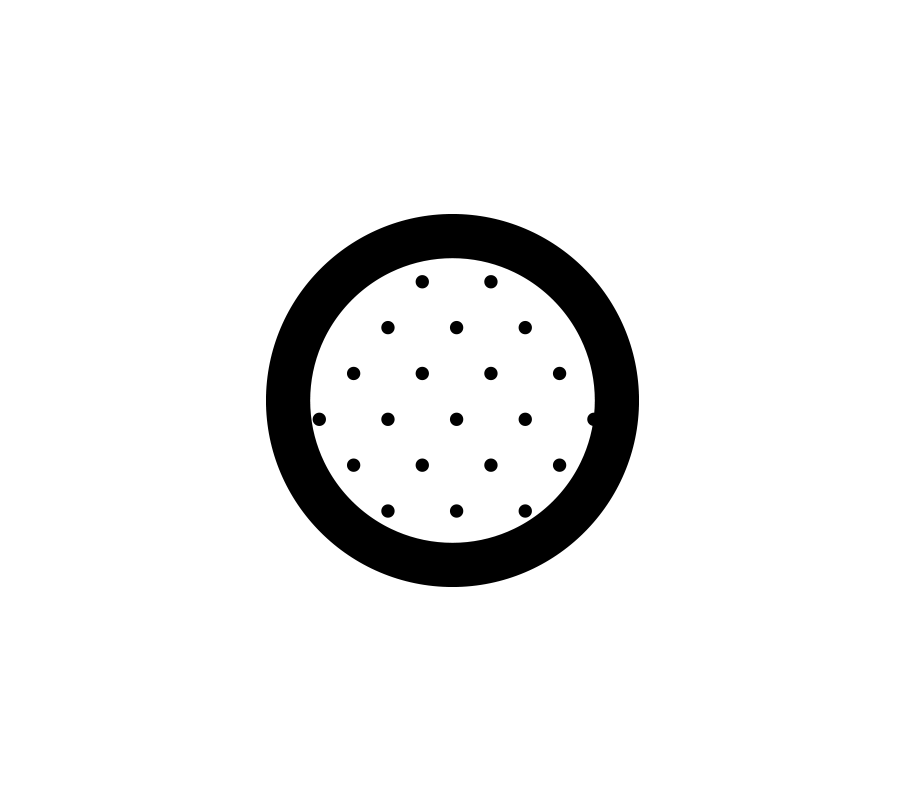
HARD
See Hard Boules>131 kg/mm²
(43.5 HRC)
✅ Advantages :
• Retains its spherical shape intact despite wear, thus maintaining its performance.• It loses less speed upon impact with the ground. However, its use is not recommended on tar.
✴️ Disadvantage :
• The main disadvantage fo a hard boule is that it bounces more ont he ground or during a shot, while conversely, a very soft petanque boule will tend to bounce less on the ground, thus increasing the chances of making a "perfect shot" or a shot on target. -

SEMI-SOFT
See Semi-soft Boules116-130 kg/mm²
(36-41.8 HRC)
✅ Advantage :
• Effective at point and adaptable to all fields, longevity.
✴️ Disadvantage :
• More chance of recoiling when you do a "perfect shot". -
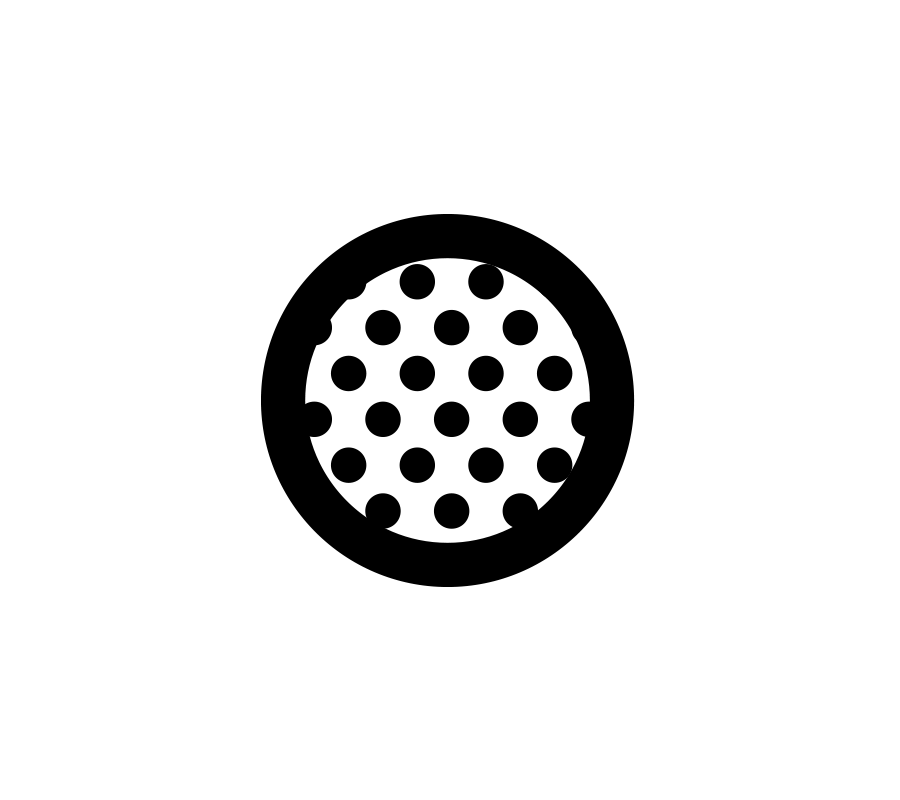
SOFT
See Soft Boules115 kg/mm²
(35.9 HRC)
✅ Advantage :
• Versatility in point and shooting.
✴️ Disadvantage :
• Can mark slightly with wear. -
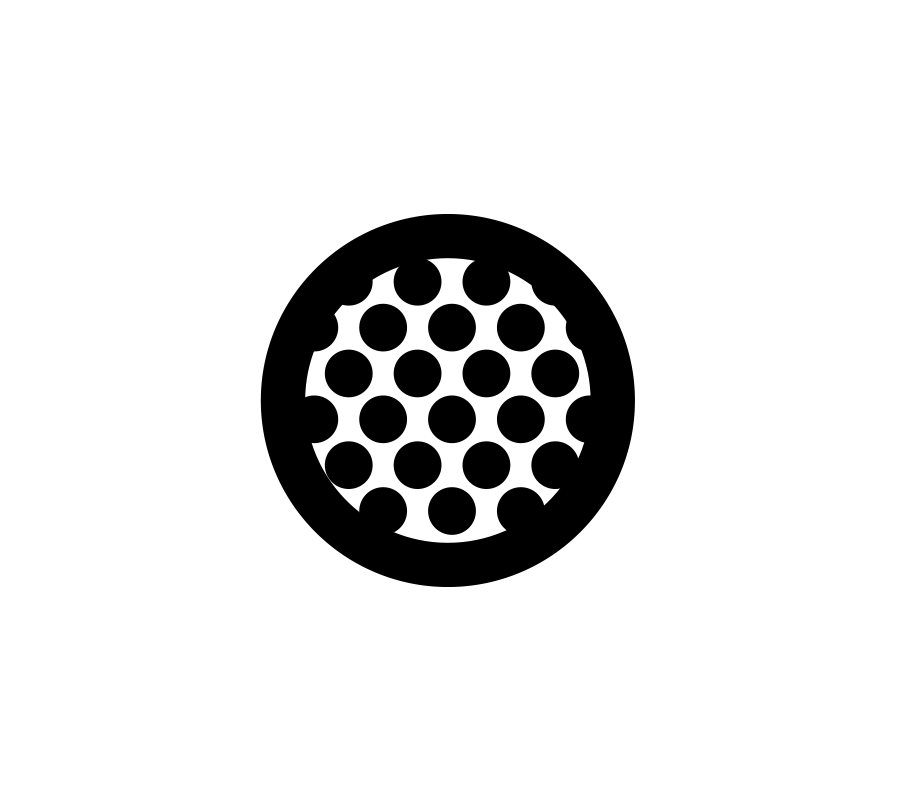
VERY SOFT
See Very Soft Boules110 kg/mm²
(35 HRC)
✅ Advantage :
• Favors "perfect shot" and reacts well when lobbed.
✴️ Disadvantage :
• Marks easily, they are less suitable for crouching point and half-lob than semi-soft.
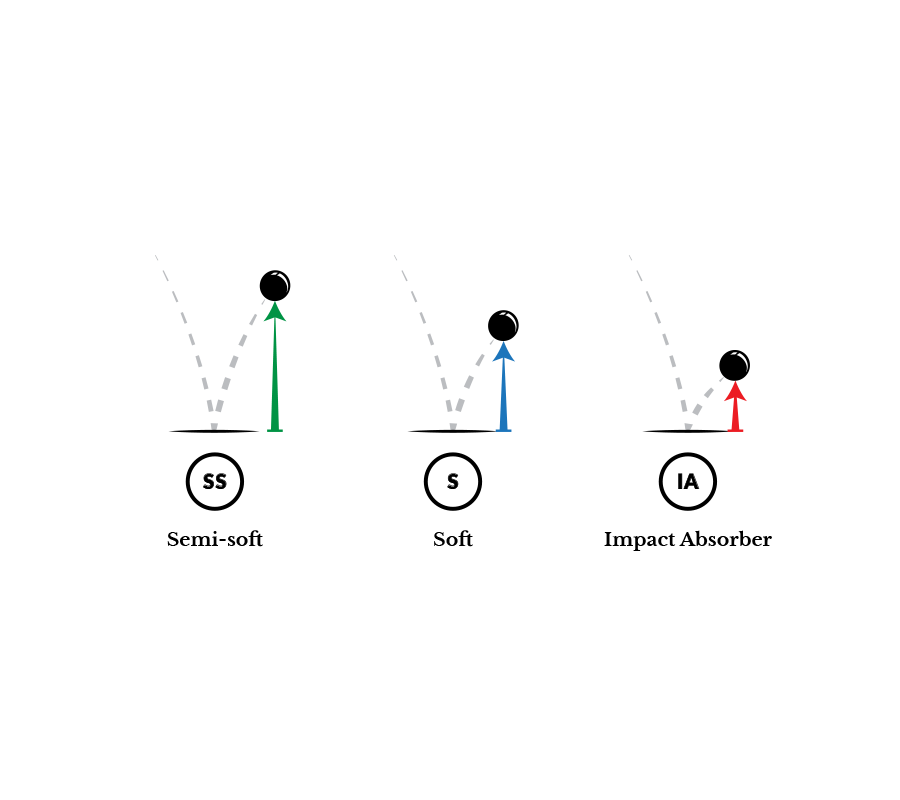
Obut
Impact Absorber
The Obut company offers an exclusive technology called Impact Aborber boules are born from the use of hight internal resilience steels and a "tempering" process unique in the world, developed to significantly reduce the "internal resonance effect" of the petanque boule.
The Impact Absorber boule thus has an extraordinary cushioning capacity, particularly on very hard ground, during a "high lob" and minized recoil during a "direct hit".

MS Pétanque
MS Anti-rebound Technology
The manufacturer MS Pétanque also offers patented Anti-rebound Technology. This anti-rebound construction ensures :
• Perfect balancing.
• Reduced recoil and limited rebound.
• Homogeneous and constant behavior whatever the point of impact.
Recommendation According to your Type of Game
Whether you are more of a pointer or a shooter, we strongly recommend opting for versatility in your choice of boules. It is important to remember that many shooters prefer to use a semi-soft boule. In fact, this type of boule tends to lose less speed upon impact with the ground compared to a soft boule, while offering better response to the point on different types of field.
In addition, we must not forget that, despite the predetermined roles, it often happens that a shooter must point frequently during a game. This is why we suggest choosing a boule with which you will feel comfortable both on the point and on the shot.
Here is a table with our suggestions according to the three positions : pointer, allrounder and shooter.
* To find out your "Suggested Diameter", see the "Diameter" section.
-
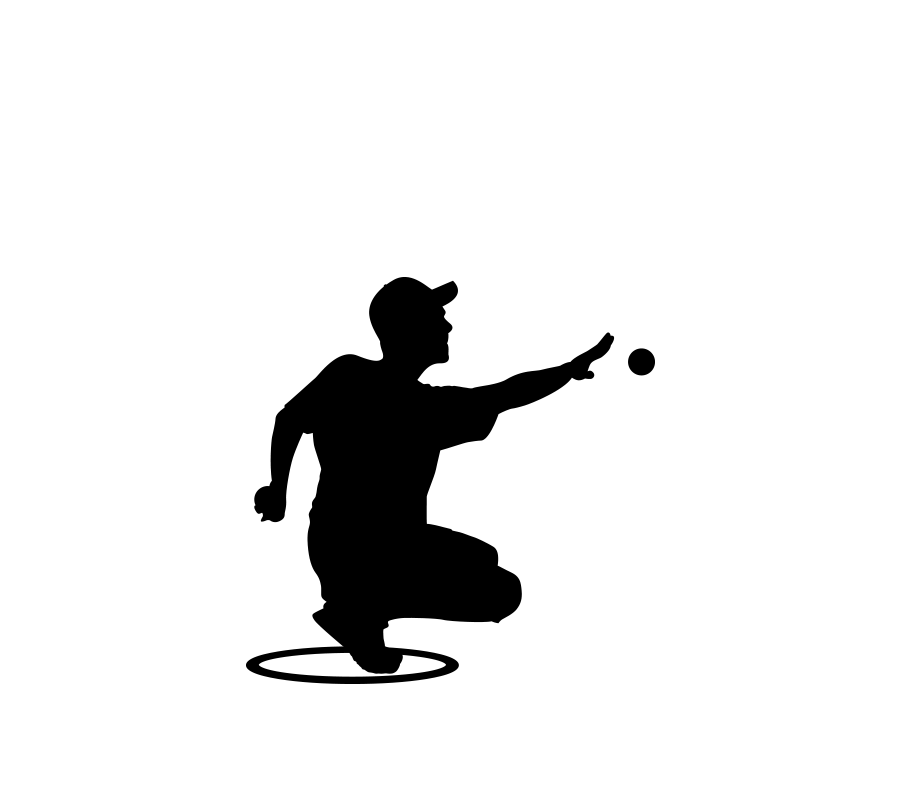
POINTER
• Diameter : Suggested minus 1mm
• Hardness : Semi-soft
• Texture : Striated
• Weight : 700g -
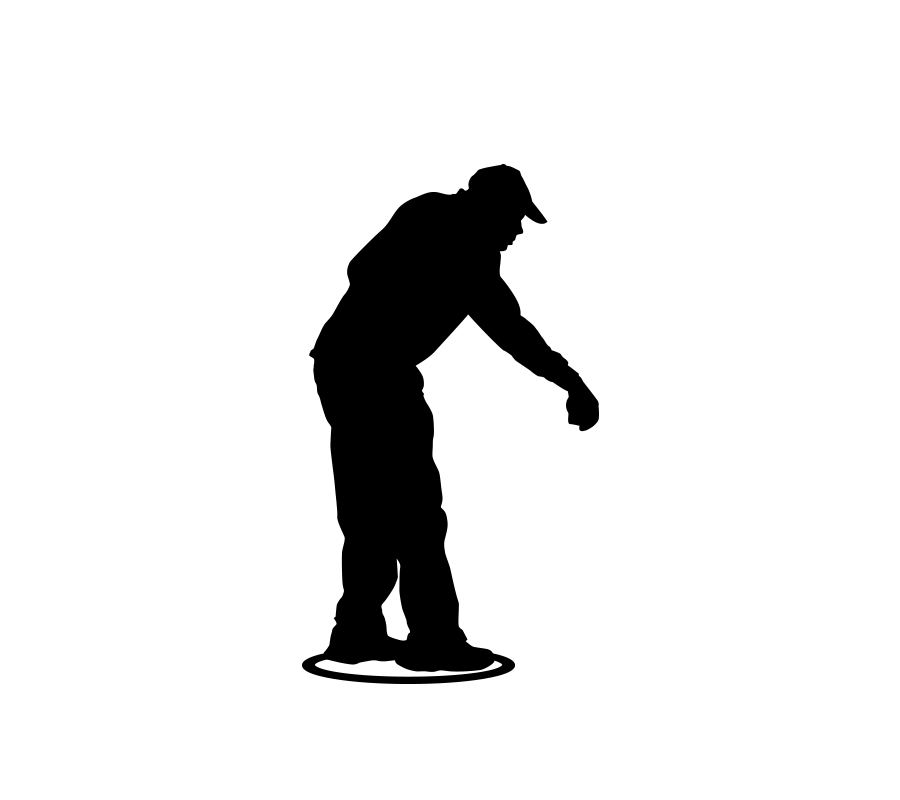
ALL ROUNDER
• Diameter : Suggested
• Hardness : Soft
• Texture : Smooth or Striated
• Weight : 680g -
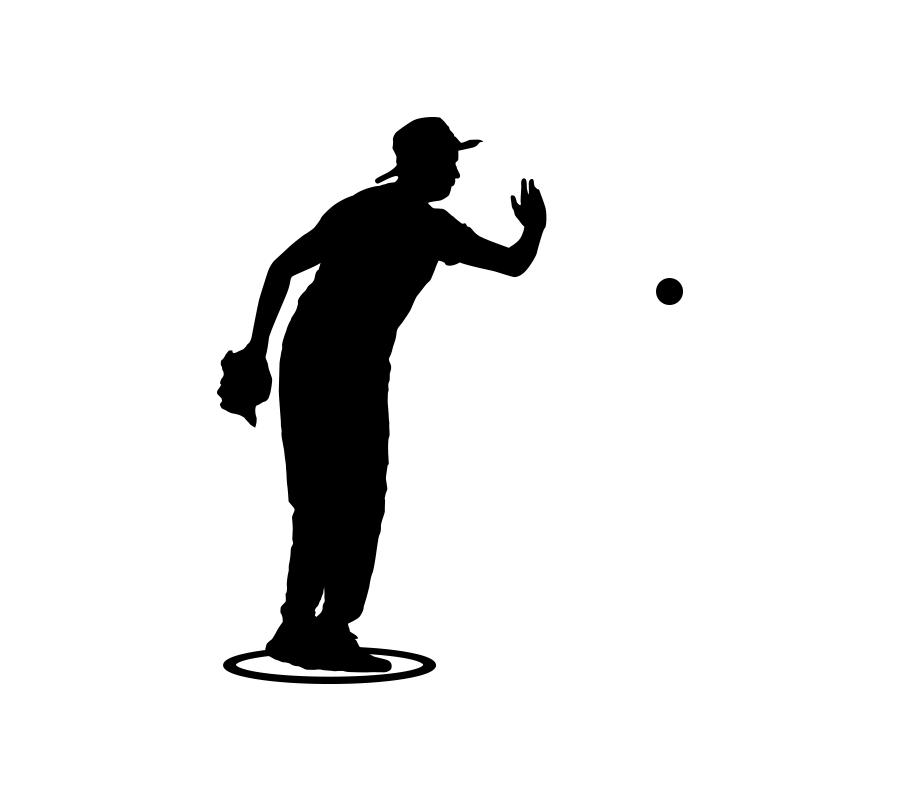
SHOOTER
• Diameter : Suggested plus 1mm
• Hardness : Very Soft
• Texture : Smooth
• Weight : 680g
Standards for competitions (FIPJP)
Boules :
In tournaments, the boules must comply with FIPJP standards (see article 02 of the official regulations) :
➤ The label (manufacturer's mark), the weight and the serial number must be engraved on the boules and always be legible.
➤ Made of metal.
➤ A diameter between 70.5 mm (minimum) and 80 mm (maximum).
➤ A weight between 650 grams (minimum) and 800 grams (maximum).
➤ The boules approved for competition may have streaks not exceeding 1 mm.
Jacks :
The jacks must be made of wood, or synthetic material bearing the manufacturer's label and having been approved by the FIPJP, in accordance with the specifications relating to the required standards. Their diameter must be 30 mm (tolerance : +/- 1 mm). Their weight must be between 10 and 18 grams.
Circles :
The circle must be rigid and have an internal diameter of 50 cm (tolerance : +/- 2mm).
Foldable circles are permitted provided that they are models approved by the FIPJP.
Engraving
According to article 4.2 of the International Federation of Petanque and Provençal Game (FIPJP) :
"In general, they must neither have been rigged, nor have undergone transformation or modification after machining by approved manufacturers."
It is therefore preferable that the engraving is carried out by the manufacturer so as not to alter the balancing of the boule.
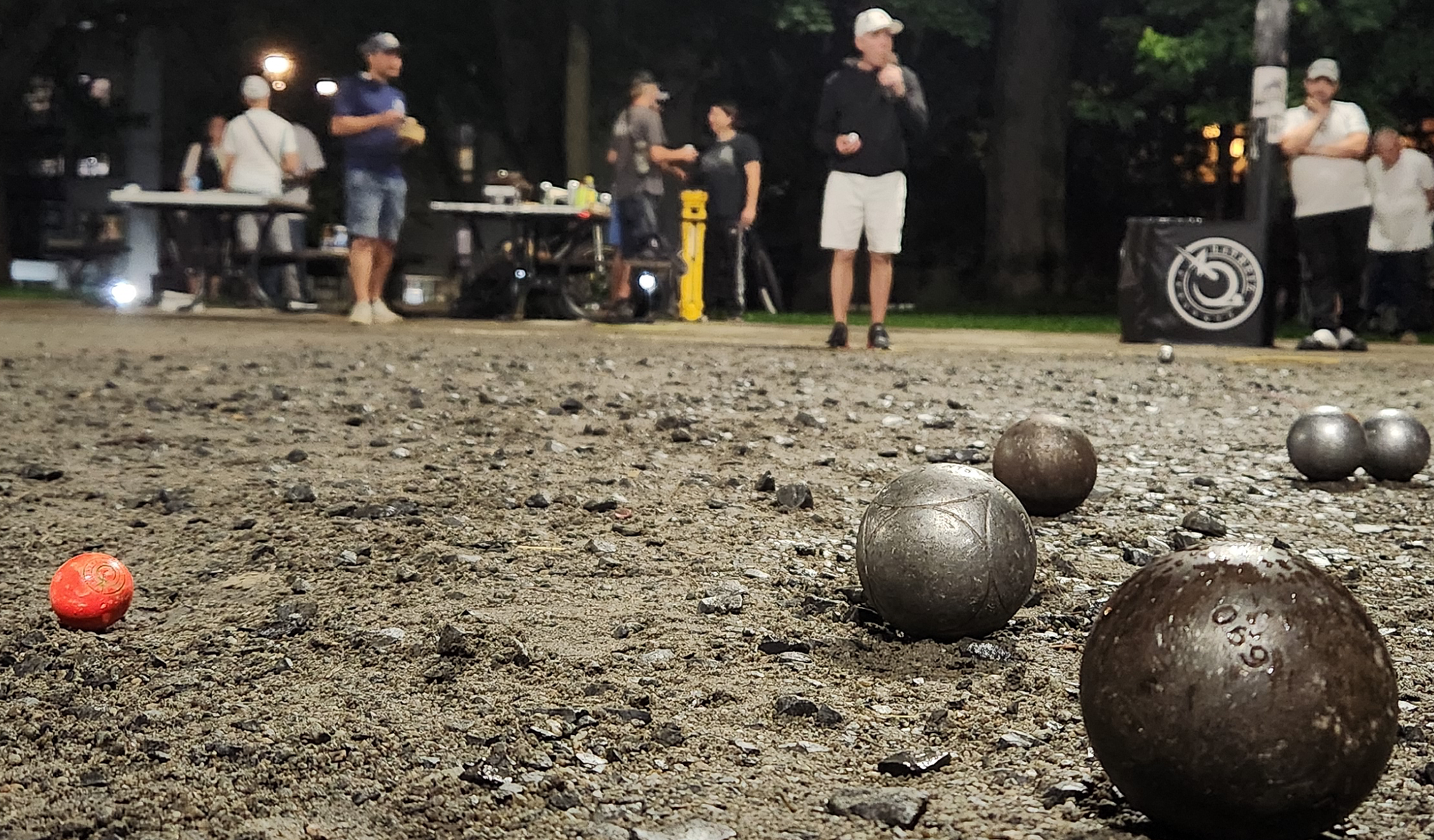
In Conclusion ...
The choice of petanque boules depends on many factors, but it is essential to prioritize your personal preferences, your style of play and your role on the field rather than basin yourself on the characteristics of your opponents. Do not hesitate to contact us if you have any questions or need advice. We are here to provide you with personalized recommendations to help you find the boules that will suit you best.







